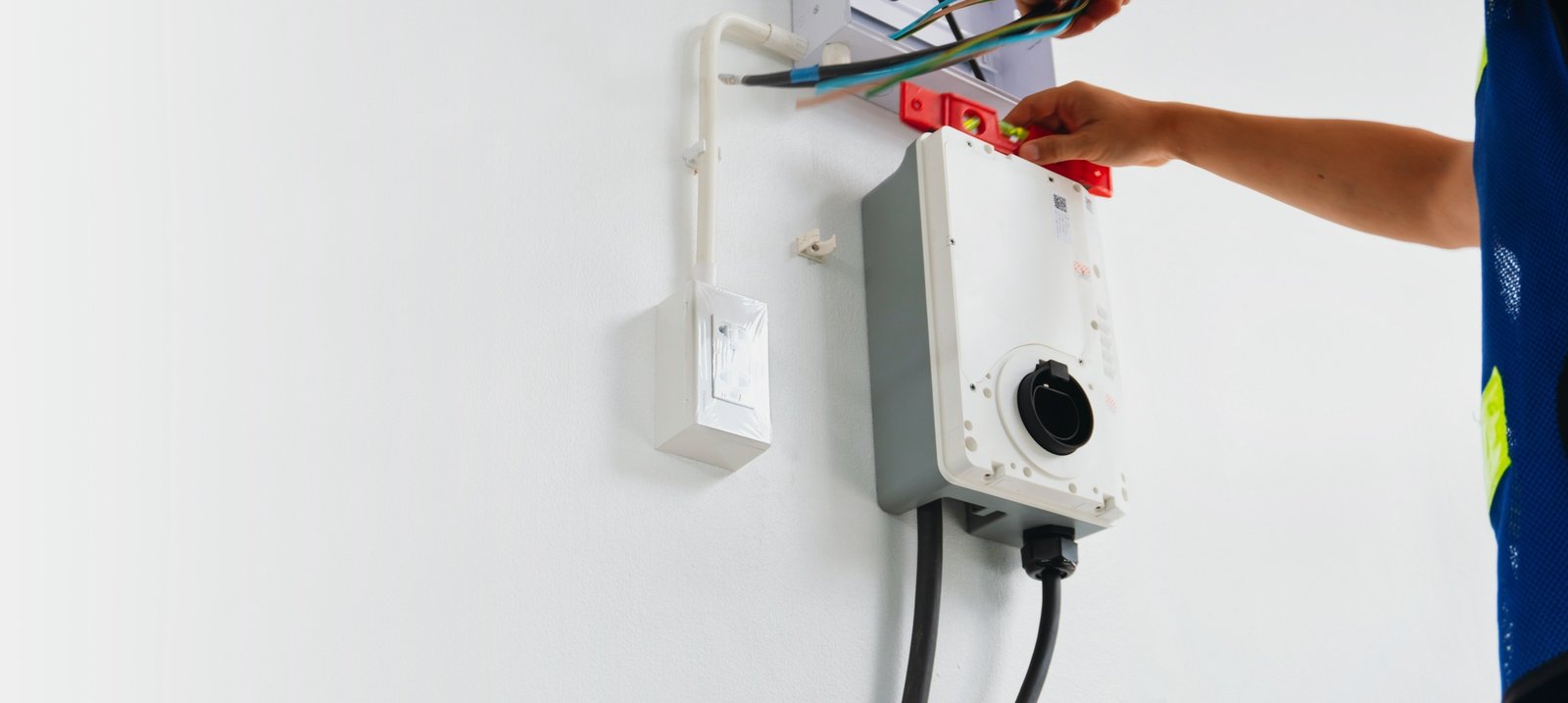Introduction
Whether for home use or commercial purposes, installing an EV charger not only enhances convenience but also contributes to environmental sustainability. More and more vehicle owners and businesses are considering installing EV chargers. This article will provide a comprehensive guide on how to install EV chargers, covering various scenarios from home to commercial settings, answering common questions, and offering practical advice.
1. Basic Types of EV Chargers
Before installing an EV charger, it’s essential to understand the different types available. EV chargers are mainly categorized into three types:
- Level 1 Chargers: Use a standard household outlet (120V) and offer slower charging speeds, suitable for overnight charging or emergency use.
- Level 2 Chargers: Use 240V AC power and provide faster charging, ideal for both residential and commercial settings.
- Level 3 Chargers (DC Fast Chargers): Use high-voltage DC power and offer extremely fast charging, suitable for commercial locations and highway rest stops.
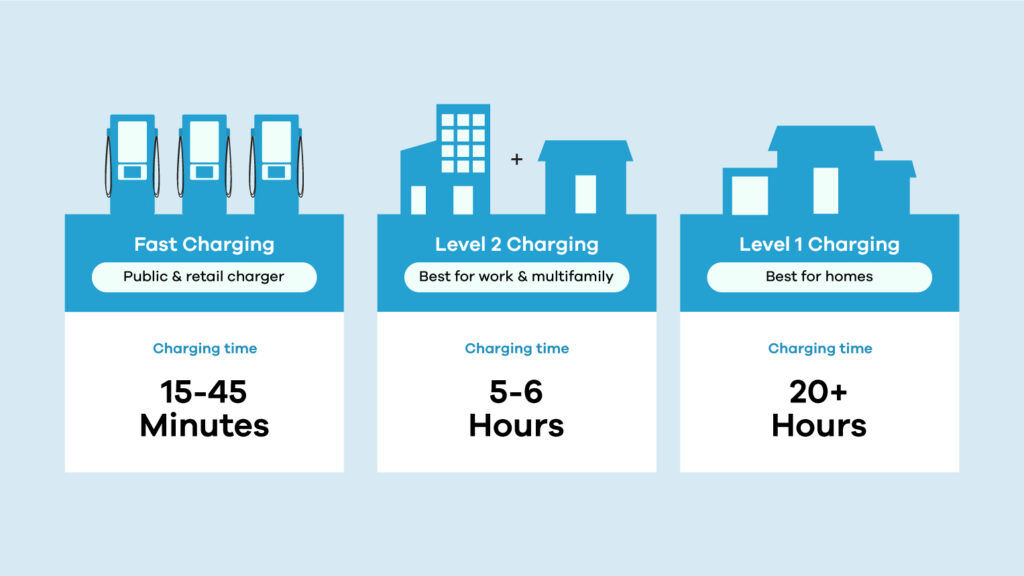
2. Home EV Charger Installation Guide
2.1 How to Install a Level 2 Charger at Home
Level 2 chargers are the best choice for home users due to their superior user experience. Here are the installation steps:
- Choose the Right Charger: There are various brands and models of Level 2 chargers on the market. Consider charging speed, compatibility, and price when selecting one.
- Determine the Installation Location: Typically, choose a spot in the garage or near the parking area, ensuring the charger is easy to use and doesn’t interfere with daily activities.
- Inspect the Electrical System: Ensure your home’s electrical system can support 240V power. If necessary, consult a professional electrician for an upgrade.
- Apply for Permits: In some regions, installing a charger requires a permit. Check with your local utility company or relevant authorities.
- Install the Charger: A licensed electrician must handle the installation to ensure safety and proper functionality.
2.2 Cost of Installing a Home EV Charger
The cost of installing a home EV charger varies depending on the region and charger type. Generally, Level 2 charger installation costs include equipment (around 500−1,000US dollars) and installation fees (around 200−500 US dollars). Some areas may offer free installation services or subsidies, so check local policies.
2.3 Maintenance and Care for Home Chargers
Regular maintenance is crucial for ensuring the long-term stability of your charger. Here are some maintenance tips:
- Inspect Cables and Connectors: Regularly check for wear and tear and ensure connectors are in good condition.
- Clean the Charger: Keep the charger surface clean to prevent dust and dirt buildup.
- Software Updates: If your charger supports smart features, update the software regularly to access the latest functionalities and security enhancements.
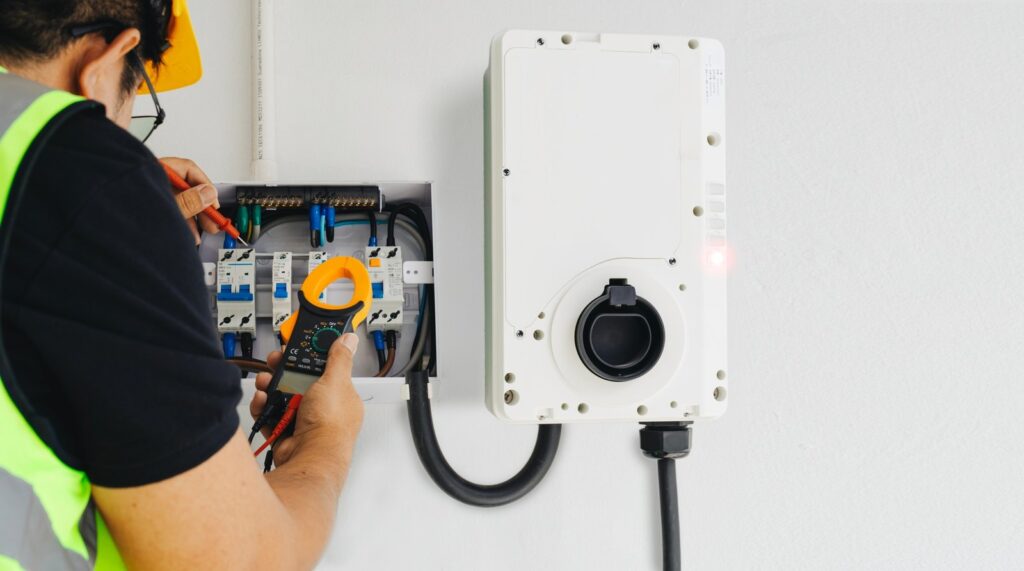
3. Commercial Charging Station Installation Guide
3.1 Benefits of Commercial Charging Stations
Commercial charging stations not only provide convenience for EV users but also generate additional revenue for businesses. Key benefits include:
- Attracting Customers: Offering charging services can draw more EV users to your business.
- Enhancing Brand Image: Demonstrating a commitment to sustainability can boost your brand’s reputation.
- Generating Revenue: Charging fees or offering value-added services can create a new income stream.
3.2 Steps to Install a Commercial Charging Station
- Choose the Right Charger: Select the appropriate charger type (Level 2 or Level 3) based on your business needs.
- Determine the Installation Location: Choose a convenient and easily accessible spot that doesn’t disrupt daily operations.
- Inspect the Electrical System: Commercial sites often require higher power capacity. Consult an electrician for upgrades if needed.
- Apply for Permits: Commercial installations usually require permits. Check with local authorities or utility companies.
- Install the Charger: A professional electrician should handle the installation to ensure safety and reliability.
3.3 Cost of Installing a Commercial Charging Station
The cost of installing a commercial charging station varies depending on scale and charger type. Generally, Level 2 chargers cost around 1,000−5,000US dollars, while Level 3 chargers can cost tens of thousands of dollars.
3.4 Operation and Management of Commercial Charging Stations
Effective operation and management are key to the long-term success of a charging station. Here are some tips:
- Pricing Strategy: Develop a competitive pricing strategy based on market demand.
- Customer Service: Provide excellent customer service to address user concerns.
- Data Analysis: Use the station’s data analytics features to understand user behavior and optimize operations.
4. Frequently Asked Questions
4.1 How Long Does It Take to Install an EV Charger?
Installation time varies depending on the charger type and environment. Home Level 2 chargers typically take 4-8 hours, while commercial stations may take several days.
4.2 Can I Install an EV Charger Myself?
While some chargers support DIY installation, it’s recommended to hire a professional electrician to ensure safety and compliance, especially for commercial installations involving complex electrical systems and permits.
4.3 Do I Need a Permit to Install an EV Charger?
In most regions, a permit is required for EV charger installation. Specific requirements vary by location, so consult local authorities or utility companies.
4.4 What Size Cable Is Needed for an EV Charger?
Cable size depends on the charger’s power and installation environment. Generally, Level 2 chargers require 6-8 AWG cables, while Level 3 chargers need thicker cables.
4.5 What Are the Voltage and Current Requirements for EV Chargers?
Level 1 chargers use 120V voltage with 12-16A current; Level 2 chargers use 240V with 20-80A current; Level 3 chargers use 480V or higher with currents up to 200A or more. Refer to the manufacturer’s specifications for details.
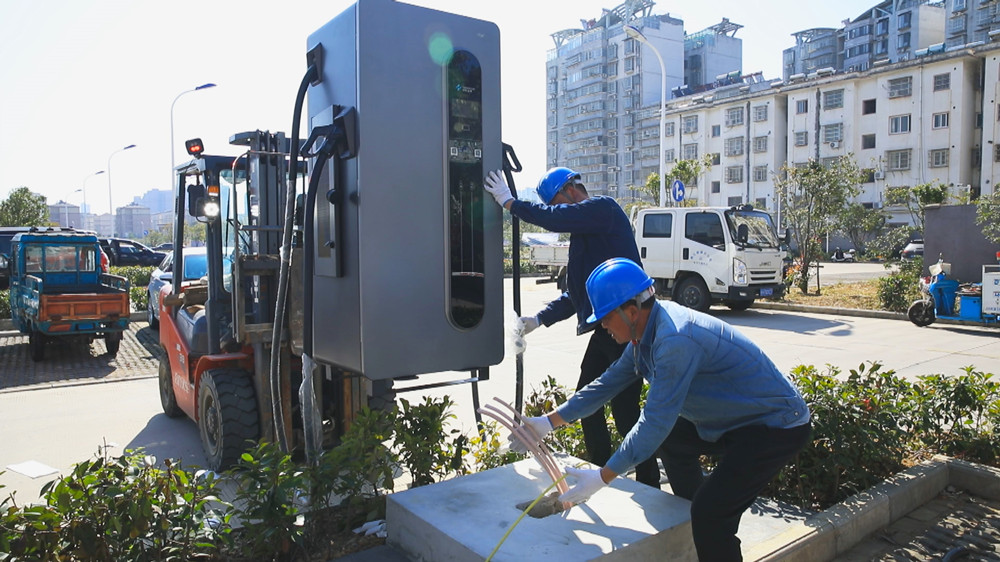
5. Future Development of EV Chargers
With the rapid advancement of EV technology, the charging industry is also evolving. Future trends include:
- Faster Charging Speeds: Advances in battery technology will further improve charging speeds.
- Smarter Charging Management: Smart chargers will optimize charging based on grid load and user demand.
- Expanded Charging Networks: Chargers will cover more areas, providing greater convenience.
- Wireless Charging: Wireless charging technology will mature, offering a more seamless charging experience.
6. How to Choose the Right EV Charger
When selecting an EV charger, consider factors such as charging speed, compatibility, price, and installation environment. Here are some tips:
- Charging Speed: Choose a charger that meets your daily driving and charging needs.
- Compatibility: Ensure the charger is compatible with your EV and supports the required charging interface and protocols.
- Price: Select a charger that fits your budget while considering long-term costs.
- Installation Environment: Choose a charger type (e.g., wall-mounted or freestanding) that suits your installation site.
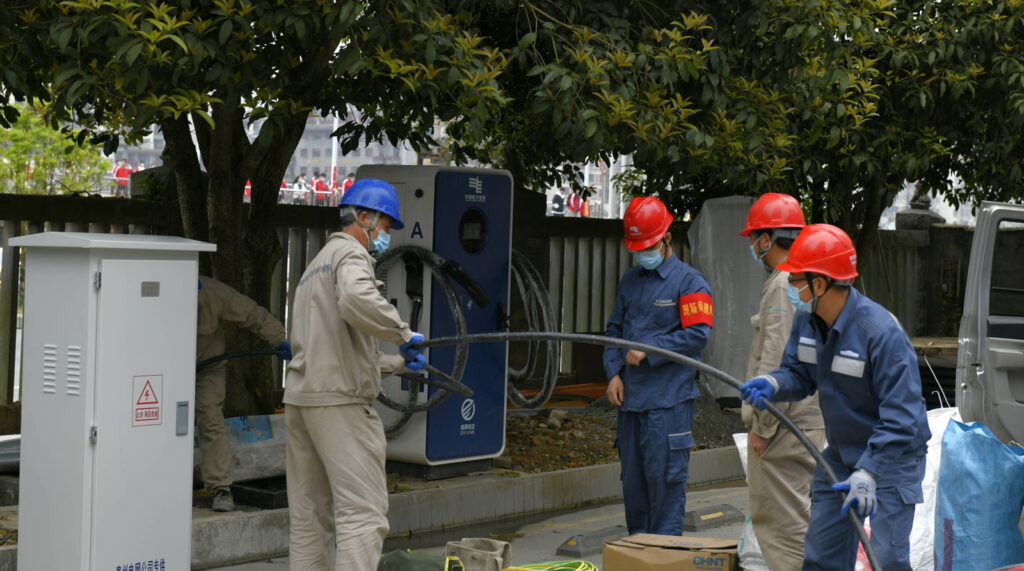
7. Environmental Benefits of EV Chargers
Installing EV chargers not only brings convenience and economic benefits but also contributes to environmental sustainability. Key benefits include:
- Reducing Carbon Emissions: EVs reduce the use of traditional fuel-powered vehicles, lowering carbon emissions.
- Promoting Renewable Energy: EV chargers can integrate with solar or wind energy, further reducing reliance on fossil fuels.
- Improving Air Quality: EVs reduce tailpipe emissions, enhancing urban air quality and public health.
Conclusion
Installing an EV charger brings convenience and economic benefits while contributing to environmental sustainability. Whether for home or commercial use, selecting the right charger type and following proper installation steps ensure safe and efficient operation. If you have any questions or need professional advice, feel free to contact us. We are here to provide expert service and support.

